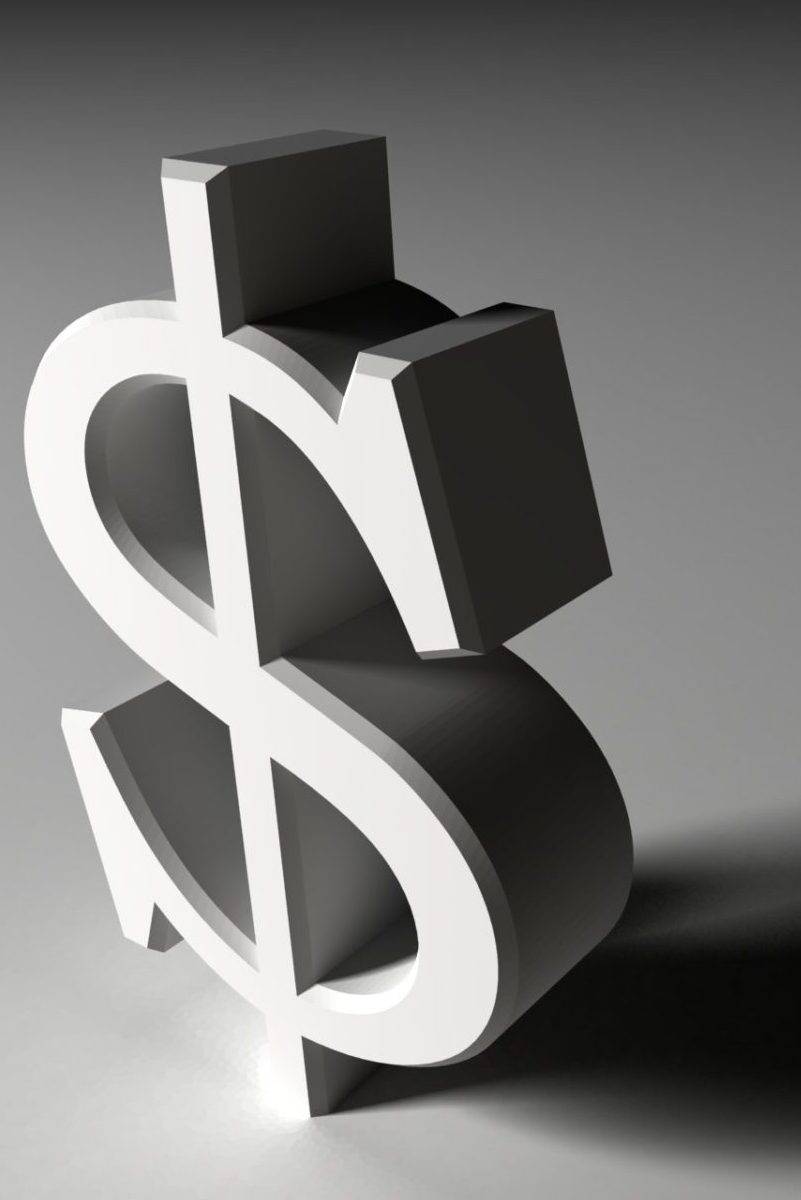The term “shadow banking” might sound like it’s straight from a spy movie, full of mysterious dealings and secret operations. But in reality, it’s simply a term for financial activities done by organizations that aren’t traditional banks. These include activities by businesses like mutual funds, investment banks, hedge funds, or mortgage companies. And while it might not be as exciting as a spy movie, it’s an essential part of our global financial system.
In this article, we’re going to take a tour of shadow banking. We’ll look at what it is, how big its role is in our global financial system, how it affects the economy and businesses, and what future regulations might mean for it.
What is Shadow Banking?
At its core, shadow banking is just banking done by non-bank institutions. The federal government doesn’t regulate these organizations like traditional banks, but they can still perform many of the same functions. They can loan money, for example. Traditional banks can also get in on the shadow banking action through things like unregulated financial agreements, known as derivatives.
Non-bank financial intermediaries, like the organizations mentioned above, can act as shadow banks by lending money to other large institutions. They make money off this by charging a fee for the transaction and setting an interest rate on the borrowed funds. The idea is much the same as a regular bank lending money to its customers. However, since these organizations don’t take deposits from the general public, they don’t have to follow the same rules as traditional banks.
Balancing the Scales
According to the Financial Stability Board based in Switzerland, non-bank financial activities accounted for a whopping $200.2 trillion, or about half of the global financial system in 2019. This number has been growing since 2008 when it was 42%. In simple terms, shadow banking is becoming more and more popular, especially for companies or institutions that are looking for extra money to invest but are wary of traditional credit sources.
Because lending money this way is riskier for the lenders, they usually expect higher returns on their loans than they would get from safer investments like bonds or dividend-paying stocks. This means an insurance company or private equity fund with money to spare could loan it out and potentially get more bang for its buck.
Why Does Shadow Banking Matter?
There are good and bad when it comes to shadow banking. On the upside, it keeps money flowing through the global financial system and provides credit to organizations that might struggle to get loans from traditional banks. One particularly democratic form of shadow banking is peer-to-peer lending. This is when people pool their money together to invest in a specific business or organization. This kind of lending can offer a financial lifeline to entrepreneurs or emerging economies that might not pass muster with a traditional commercial bank.
On the downside, shadow banking can add extra risk to our economy. That’s because the unregulated and uninsured loans that are part and parcel of shadow banking are more likely to default. There’s usually weaker collateral and not as much money set aside in case loans aren’t paid back. This kind of reckless lending can increase the risk of a systemic issue in the long run, which is why shadow banking has been a hot-button topic since the global financial crisis. While it’s true that high risk can lead to high rewards, those rewards are far from guaranteed. Any savvy investor will want to weigh up these risks against the potential for bigger earnings.
The Financial Crisis and Its Shadows
Shadow banking often deals with complex financial tools such as mortgage-backed securities, credit default swaps, and other derivatives. These have become increasingly common in the world of shadow banking. Importantly, these non-bank activities played a big part in housing credit growth leading up to the 2008 financial crisis. What’s more, even after all the turmoil, shadow banking has continued to grow and largely stayed off the government’s radar.
During the housing boom of the early 2000s, many shadow banking organizations got heavily involved in subprime mortgage lending and loan securitization. After the crash in 2008, the role these institutions played in overextending credit and adding risk to the financial system was put under the microscope, and they were seen as key contributors to the crisis.
The Contagion Effect
The contagion effect is a lot like a nasty flu bug that spreads from person to person. In the world of finance, it means the spread of panic from one bank or institution to another, regardless of any direct connections between them. It’s a psychological effect driven by fear about widespread risk and the potential for a domino-like collapse of financial safety nets.
For instance, during the 2008 crisis, many people were worried that the collapse of Lehman Brothers – a non-bank institution – meant their own savings banks might stop them from withdrawing money, so they rushed to take out their cash. The thing is, savings banks are backed by the Federal government and are essentially risk-free.
However, just like a virus, this contagion effect can spread throughout the entire economy, damaging even the healthiest financial institutions. The resulting panic leads to a drop in the availability of credit and slows down the economy, even affecting institutions that might seem unrelated. In times of financial stress, shadow banking can amplify the contagion effect because it extends credit even further, potentially making any crises even worse.
Taming the Shadow
There have been several proposals on how to manage the risks associated with shadow banking. For example, the Federal Reserve Board suggested applying the same loan conditions to non-bank organizations, like broker-dealers, as are given to regular banks. Others have suggested widening the safety net by having the Treasury and FDIC back up short-term lenders. However, these rules have been slow to catch up with the fast-paced development of the shadow banking world.
Around the globe, other countries are also trying to bring shadow banking under control. In 2017, for example, China started introducing rules to curb risky behavior such as excessive borrowing and risky bets in the stock markets.
As non-bank organizations continue to become bigger players in global finance, regulators around the world will need to find ways to protect against the negative impacts of shadow banking while harnessing its benefits to help strengthen our interconnected economies.
Final Thoughts
Whether shadow banking is a new concept to you or you’re already in the know, it’s important to understand its growing role and impact on global business and finance. So, what’s your take on shadow banking? Do you see it as a good or bad influence on the world’s financial systems? What do you think might be the positive and negative outcomes of any new regulations? I’d love to hear your thoughts.
Recommended Books
In our exploration of shadow banking, we’ve unpacked some complex topics. I’ve curated a list of high-quality books to help you delve deeper into these issues and further your understanding. These insightful reads can enhance your grasp of the intricacies of shadow banking, its impact on the global economy, and the role of regulation in this sector. Whether you’re a financial enthusiast or a casual reader seeking to expand your knowledge, these books offer a wealth of information.
- “Dark Towers: Deutsche Bank, Donald Trump, and an Epic Trail of Destruction” by David Enrich – This book delves into the intriguing world of shadow banking and explores the story of Deutsche Bank, one of the world’s most powerful financial institutions.
- “Other People’s Money: The Real Business of Finance” by John Kay – In this book, Kay examines the complex and often misunderstood world of finance, including shadow banking, providing readers with insights into its impact on the global economy.
Buy on Amazon: “Other People’s Money: The Real Business of Finance” by John Kay
- “The Shadow Banking System: Creating Transparency in the Financial Markets” by Valerio Lemma – This book provides an in-depth exploration of shadow banking, offering a comprehensive understanding of the system, its history, and its role in global financial crises.
- “Between Debt and the Devil: Money, Credit, and Fixing Global Finance” by Adair Turner – Turner provides an insightful look into the world of credit, debt, and shadow banking, and presents some bold proposals for improving the global financial system.
- “The Money Formula: Dodgy Finance, Pseudo Science, and How Mathematicians Took Over the Markets” by Paul Wilmott and David Orrell – This book explores the formulas that drive the financial markets, including the shadow banking sector, and highlights the associated risks.
- “Shadow Banking and the Rise of Capitalism in China” by Andrew Collier – The book offers a detailed examination of China’s shadow banking system, discussing the reasons for its growth and its potential impact on the country’s financial stability and economic future.
Buy on Amazon: “Shadow Banking and the Rise of Capitalism in China” by Andrew Collier
I hope these suggested reads will shed more light on the often misunderstood world of shadow banking. These books delve into its mechanisms, its impact on the financial markets, and the crucial role it plays in the global economy. Whether you’re looking to understand the basics or to gain a more nuanced understanding, there’s something in this list for you. Happy reading, and don’t forget to share your insights below. Your thoughts and perspectives enrich the community’s dialogue around these important topics.
This post may contain affiliate links, which means I may receive a commission if you click a link and make a purchase. However, my opinions and recommendations remain my own, uninfluenced by any potential earnings.
Enjoyed the read? Subscribe to my blog and spread the word by sharing this article with your circles!
I’d love to hear your take on the subjects we’ve covered in this post. Drop a comment or question below. Let’s keep this conversation going!
Sources
Global monitoring report on non-bank financial intermediation 2020. Financial Stability Board. (2020, December 16). https://www.fsb.org/2020/12/global-monitoring-report-on-non-bank-financial-intermediation-2020/.
Shadow banking system definition. Investopedia. (2021, June 9). https://www.investopedia.com/terms/s/shadow-banking-system.asp.
What to do About Contagion? A Call by The Committee on Capital Markets Regulation for Public Debate. The Committee on Capital Markets Regulation. (2014, September 3).


